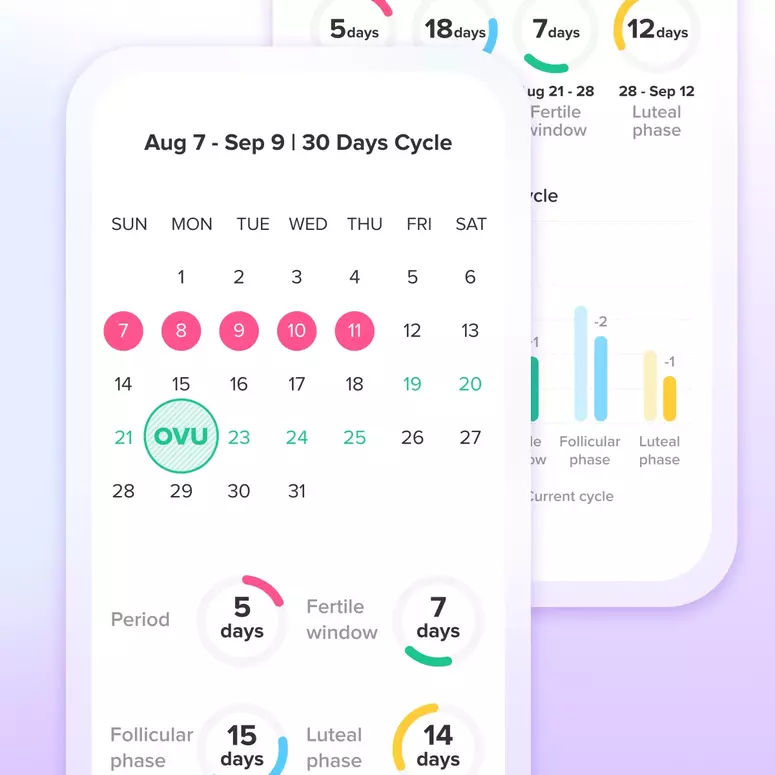Your Fertility Workup: What To Expect
When you are having difficulty getting pregnant, the first thing your doctor will do is require a fertility workup for both you and your partner. The good news is that many of these tests will be covered by insurance, so there’s really no reason not to get them done pronto.
Your fertility workup will evaluate how well four very important parts of the combined reproductive system function: the ovaries, the fallopian tubes, the uterus, and the sperm. If there are any obstacles, this workup will find them, and the result of your workup will allow you and your doctor to create a plan to start treatment on your way to having a healthy baby!
Evaluating Your Ovaries
Your ovaries will be evaluated with a number of hormone tests, a general hormone test, anti-Müllerian hormone (AMH) test, follicle-stimulating hormone (FSH) test, and antral follicle count (AFC).
The first three are simple blood tests, each of which delivers important information. The fourth test is performed during a pelvic ultrasound of your uterus, so you may not even realize you’re AFC is being evaluated!
A hormone test will reveal if your body is sending the necessary signals to your ovaries to create an egg. Estrogen, progesterone, and androgens are among the important hormones that make your menstrual cycle happen. Hormones control egg development, release, fertilization, and implantation—basically every step is controlled by your hormones, so checking for imbalances is vital!
An AMH test indicates your egg supply, and this test is done during your menstrual cycle. This number of eggs is known as your ovarian reserve, and the more you have, the easier it is to get pregnant. Understanding your AMH results will help doctors predict how well your body will produce eggs with treatment and will also indicate the correct dosage for some of the medications you will receive.
An FSH test reads the hormone levels that send messages to your ovaries at the beginning of your menstrual cycle, so you will take this test on the second or third day of your menstrual cycle. The FSH is also the hormone that produces follicles in your ovaries, and these follicles are measured furthered by the next test.
An AFC test is a measure of how many follicles are in each ovary. Follicles are important because they are what release necessary hormones into your body to keep your menstrual cycle working properly, and they represent how many eggs are available to be fertilized. More of these hormone-producing follicles means a better chance of getting pregnant.
Evaluating Your Fallopian Tubes
Your fallopian tubes are the only passageway for your egg to reach your partner’s sperm, so identifying roadblocks is key. The test to look at your fallopian tubes is called a hysterosalpingogram (HSG). It is an x-ray test that uses a dye to let your doctor see both your fallopian tubes and your uterus. If the dye can move through your fallopian tubes, doctors will know they are clear for egg and sperm travel. The dye can also show the outline of your uterus (to ensure it’s a healthy shape) and any roadblock inside your uterus (such as scar tissue or a polyp).
Evaluating Your Uterus
Your uterus is where a fertilized egg will grow, so it needs to be a nurturing environment! There are four different tests that look at your uterus to ensure it’s a happy and healthy place: a pelvic ultrasound, saline sonogram, hysteroscopy, and an endometrial biopsy.
Two of these procedures are performed at the same time and they are easy tests to take, so let’s cover those first, then the hysteroscopy and endometrial biopsy.
A pelvic ultrasound is performed with a small device that is gently inserted into the vagina to look at your uterus. At the same time, you have a saline sonogram. A solution is put into your uterus which will show the doctors an outline of its shape. Both of these tests allow your doctor to look for anything in your uterus that might be blocking an egg from living there, such as a fibroid, polyp, or cyst.
A hysteroscopy is a little more involved, because not only can it identify problems such as fibroids, polyps, and cysts, but it can also be used to fix them. A hysteroscope is a thin lighted tube that is inserted into the vagina. It has a camera to see any abnormalities, and it can be used along with small instruments to remove any problems the doctor sees.
An endometrial biopsy involves another small tube. This one goes into the uterus and takes a small tissue sample from your uterus. Lab technicians looking at this tissue can identify problematic cells, changes in hormone levels, and infections that may prevent an egg from implanting in your uterus.
Evaluating His Sperm
Now it’s your partner’s turn, and while your partner only needs to take one test, a semen analysis, this is an important piece of the puzzle. Infertility due to semen issues accounts for 40-50% of all infertility cases.
A semen analysis is a sperm sample that is carefully looked at to see how much semen is produced, how much sperm is in the semen, if the sperm is shaped normally, and how well the sperm moves individually and can move in a forward motion. A hormone imbalance may be the reason for any abnormal findings, and follow-up tests can further determine these potential issues.
If the infertility issue is found to be with your partner, your treatment plan might involve efforts to improve sperm count or assist in delivering the sperm to the right place, be it to the uterus or directly into the unfertilized egg. Luckily, while male infertility issues are common, infertility specialists are very good at solving them.
While it may take a number of appointments would be required to complete them all—and you need to factor in your menstrual cycle to take some of them—the task of completing your workup will likely only take about one month to complete.
Once your tests are complete, along with your medical history and physical exam, you will also have a much fuller picture of how your and your partner’s reproductive bodies are working, giving you the tools to create a precise treatment plan that targets your exact needs and preferences.
Let's Glow!
Achieve your health goals from period to parenting.




